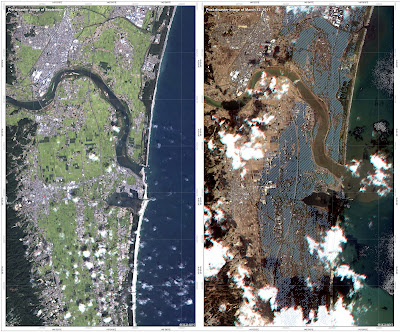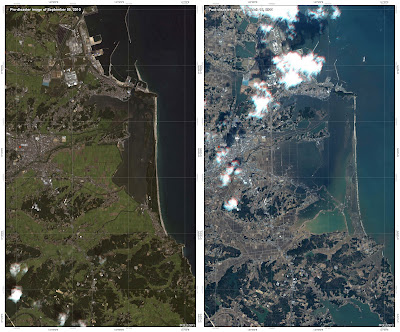The formal layout of the beloved
rose garden includes a central yew hedge planted in a circle with four tall yew-lined paths leading away from it. This is known by it’s creator Vita Sackville-West as “the Rondel”.
Sissinghurst
photos: ©toddhaiman2011
Outside the Rondel, there are low, neatly clipped box hedges separating huge beds filled with roses. The rondel assists in masking an a geometric garden layout whereby the two garden paths and axes do not cross at perfect right angles. Some say a brilliant move by the designer correcting the obtuse positioning of the buildings they connect with, others claim that this was an error by a young worker on the estate who miscalculated while laying out the path. No matter, the end result all agree is breathtaking.
Vita Sackville-West pays homage to the surrounding countryside, which is dotted with oast houses by referring to this garden structure as a rondel. Rondel is an old Kentish word employed for the shape of the hop-drying floor in the
, where hops lay in mounds.
Oast houses are buildings designed for drying or
“kilning” hops as part of the beer making or brewing process.
They are true examples of vernacular architecture -- many of which have over time have been converted to homes. (Vernacular architecture is a term used to categorize methods of construction, which use locally available resources and traditions to address local needs and circumstances. Additional examples would be igloos and log cabins. Vernacular architecture tends to evolve over time to reflect the environmental, cultural and historical context in which it exists.)
Oast house photos, wikipedia
In “Sissinghurst, Portrait of a Garden”, the author Jane Brown believed that this hedged circle in yew is
“of Italian Inspiration.”
Rondels are also considered in architecture a circular window opening or the beadmolding of a capital. But, upon further research the word “rondel” is either from the old French or old English word “roont”, meaning round or small circle. Present inspiration for the rondel can be found in the London Underground as its logo. Past history also finds it as the logo for the RAF.
London Underground logo, wikipedia
Castlerigg stone circle/ wikipedia
Excuse the pun, but “coming full circle”, a roundel enclosure is a type of pre-Christian and prehistoric enclosure found in Europe. Stone circles. Timber circles,
enclosures are all examples of this. Stonehenge, a megalithic structure of stones is recently
believed by some to have had multiple rondel hedges surrounding it thousands of years ago
.


















































